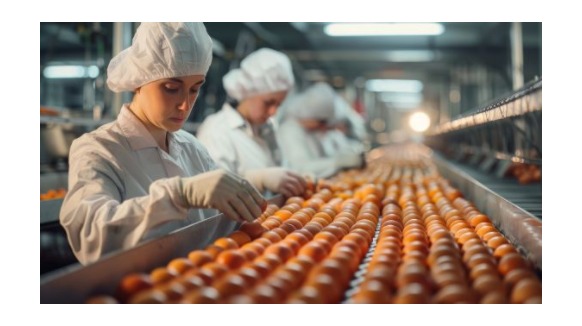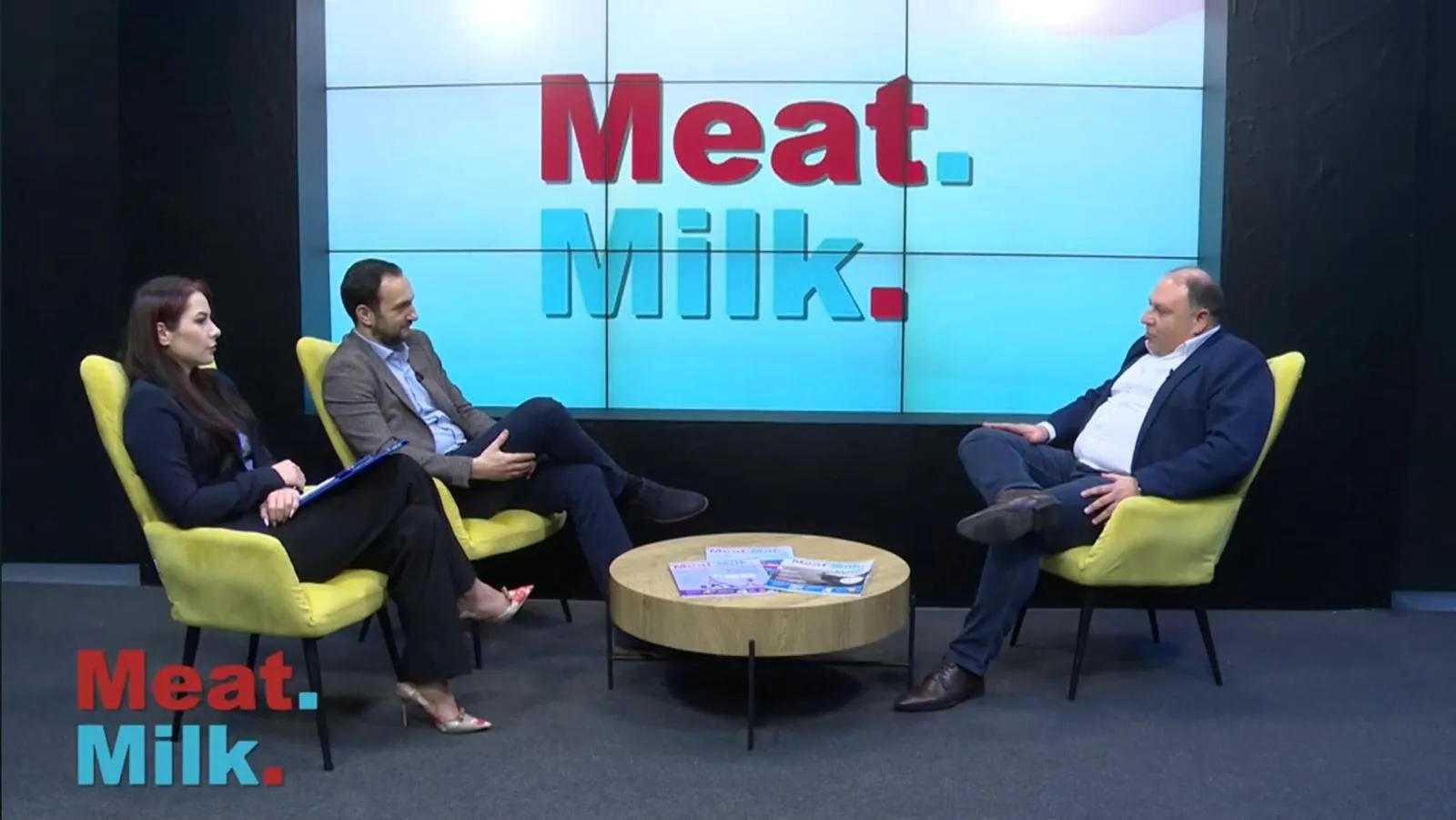1659

The European food industry is facing an acute labor shortage, and Romania is no exception. The lack of qualified personnel affects nearly every link in the production chain—from farms and slaughterhouses to logistics and retail. In a context where global food demand is rising, the shortage of human resources has become a strategic vulnerability.
According to Eurostat, over 30% of food industry companies in Romania report major difficulties in recruiting technical staff, while the average employee turnover rate exceeds 25% per year. Migration to other EU countries and the lack of dual education programs are the main causes of this crisis.
The World Bank warns that, without swift intervention, the regional food industry risks losing its competitiveness. Proposed solutions include automating repetitive processes, retraining workers through digital programs, and fostering partnerships between the private sector and educational institutions.
In Romania, the Ministry of Agriculture and Rural Development (MADR), in collaboration with the Ministry of Education, launched in 2024 the “Agri-Food School” program, which aims to train more than 2,000 technicians in processing, quality control, and logistics. These initiatives align with the funding available through the National Strategic Plan (PNS) 2023–2027 for the digitalization and automation of production lines.
A 2024 CEDEFOP report shows that 40% of current skills in the European food industry will become obsolete by 2030. Adapting to new technological requirements—artificial intelligence, robotics, digital traceability—has become a matter of survival for processors.
Beyond investment in equipment, developing human capital is essential. The OECD recommends the creation of regional consortia between universities, companies, and public authorities to train adaptable specialists. Successful examples already exist in Poland and the Czech Republic, where public-private partnerships have reduced the labor deficit by over 15% in the past five years.
Romania must follow the same path: automation where possible, technological education where necessary. The solution does not lie solely in importing labor but in rebuilding internal competencies. A modern food industry relies not only on advanced machinery but on people prepared to operate it.
(Photo: Freepik)





